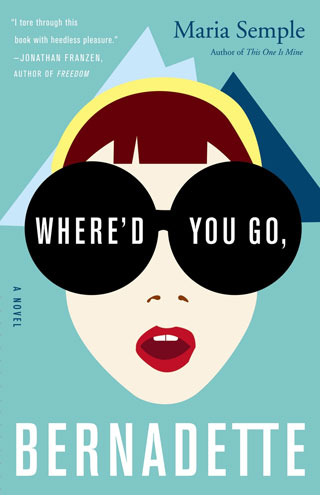By David Klein
New York, Broadway Books, 2012
376 Pages Fiction
Clean Break by David Klein begins with this premise: Can you
make a clean break from your dark past and begin anew? It is the story of
Celeste Vanek, a wife and mother of a 10-year-old son, Spencer. As the book
begins, she is in the process of separating from her husband Adam, who is in
rehab for a gambling addiction. The primary reason for her separation, however,
is not as much the gambling as the violent streak that Adam has begun to
exhibit. Celeste fears for herself and her son. Klein says that the question he
asked himself as he was writing Clean Break was “What measures can you take to
get someone you once loved to leave you alone?”
Intersecting with the major plot line is one involving Jake,
the CEO of the company where Adam works and Sara a New York City police
officer. While their relationship is tangential to the main plot, Jake takes
center stage when he tries to stop a violent encounter between Celeste and
Adam. His intervention provides the primary plot twist to the story and makes
the reader ask the question, “What would you do?”
Clean Break ends with more questions than it answers and with a
moral dilemma that has no clear cut solution. Because the reader empathizes
with Celeste and her need to protect herself and her child, we are haunted by
the decisions she makes in the end. The tone of the conclusion of the book is
positive, yet there is an undercurrent that lets us feel that there will never
be a “clean break,” and that there is going to be a lot more to the story.
There was a recent murder case in Kalamazoo where a man
confessed to his wife that he had killed two people, one before he met her and
one while he was married to her. Because of her need to protect herself and her
children, she admitted that knowledge to no one. It wasn’t until her
10-year-old daughter ran to a neighbor to say that her father had hit her
mother that the police were called and the entire story came to light. This was
a couple who were known to members of our family; the wife was a social worker
in the community and the husband was a karate master. As I was reading about
Celeste and Adam, I couldn’t help thinking about the Kalamazoo family.
Adam’s gambling addiction is skillfully presented; Celeste’s
dilemma is quite understandable. The book was well written and the plot moved
along nicely. Several moral dilemmas are explored, and I really appreciated
that nothing was neatly tied up. Although the book ended on a hopeful note, I
am not sure that the right choices were being made and that the hopeful signs
might be short-lived.
I puzzled over the cover of Clean Break for quite a while.
The meaning of the snow and ice don’t become clear until the reader is three quarters of the
way through the book. Pondering about that became part of the tension as well.
The other novel I read recently that presented a profound
moral dilemma was Defending Jacob by William Landay.
The reviews for Clean Break were favorable on GoodReads: http://www.goodreads.com/book/show/13154888-clean-break
David Klein’s website: www.bydavidklein.com



 Book you've bought for the cover:
Book you've bought for the cover:











